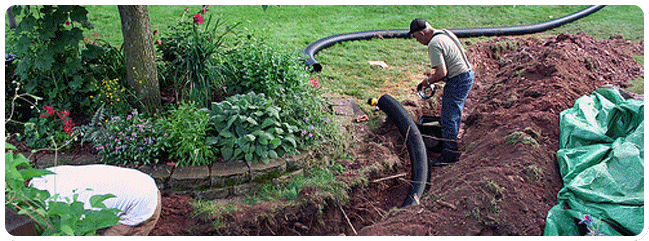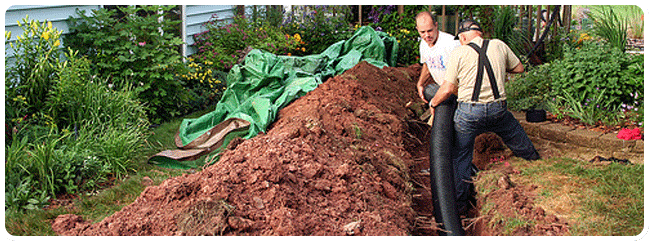It takes a long time to learn the skills needed to be a carpenter. However, there are tips and tricks to reduce that time and the number of mistakes that are made along the way. Below you will find a list of the most common tips and tricks for carpentry.

Image Source: Flickr
Practicing First
If you are trying something new, always practice the cut or technique first on some scrap wood. If you are doing miters for the first time start inside a closet, not at the main door of the house. Make mistakes where people will not see them. Source: AskTheBuilder
Using Pencil Instead of Tape Measure
Early on in my carpentry career, I mismeasured an expensive baseboard and cut it too short. Instead of shouting, ‘You’re fired,’ my boss just said, ‘Don’t use your tape measure unless you have to.’ He was right. Holding trim in place and marking it is always more accurate than measuring, often faster and it eliminates mistakes. This is good advice for other types of carpentry work too, like siding, laying shingles and sometimes even framing. Source: FamilyHandyman
Cutting Large Pieces of Plywood
Unless you own a table saw with a large apron, and have a helper available, cutting plywood or wood-filled panels can be a cumbersome job and the results may be far from satisfactory. A simpler way is to cut it using a circular saw with a guide. Position the panel on sawhorses good-side down so that the motion of the saw blade cuts up into the finish and will not cause splinters. Measure and draw the cut line and then clamp a straight-edge, the same length or longer, along the line. Now measure the distance between the saw blade and the saw guide and move the straight-edge back this distance to accommodate the guide width. Check to see that the blade touches the mark and begin the cut. (Make sure the blade is not touching the board when the saw is turned on.) Cut the board in one motion using the straight-edge as the guide. Source: Rona
Preventing Timber Splits
When knocking a nail into wood near to the end of the plank, to stop the wood splitting, invert the nail and hit once it to compress the fibres of the wood then hammer the nail in the correct way into the indent, a tip passed down from my Dad forty odd years ago. Source: DIYDoctor
Avoiding Numbers
It is usually more accurate to hold a board in place to mark its length rather than to use a tape and involve numbers. Sometimes, using a ruler or tape is unavoidable. I’ll use a tape measure on a long piece that’s too difficult to mark in place, but generally I don’t like tapes. A tape can flex and change shape, and the movable end hook bends easily, affecting accuracy.
A rigid rule is better than a tape for measuring lengths under 6 ft.; hence, the 6-ft. folding wooden rule takes over during trim and cabinet work. The best folding rules come with a sliding brass extension that makes taking inside measurements easy. Open the rule to the greatest length that fits between the points to be measured, and slide out the brass extension the rest of the distance. Hold it at that length, and carry it to the board to be cut. No need for numbers. Just mark the board from the extended ruler. Source: FineHomeBuilding
Contact:
Kerrisdale Roofing & Drains Ltd.
168 W 71st Ave, Vancouver, BC V5X 4S7
(604) 360-2114



















